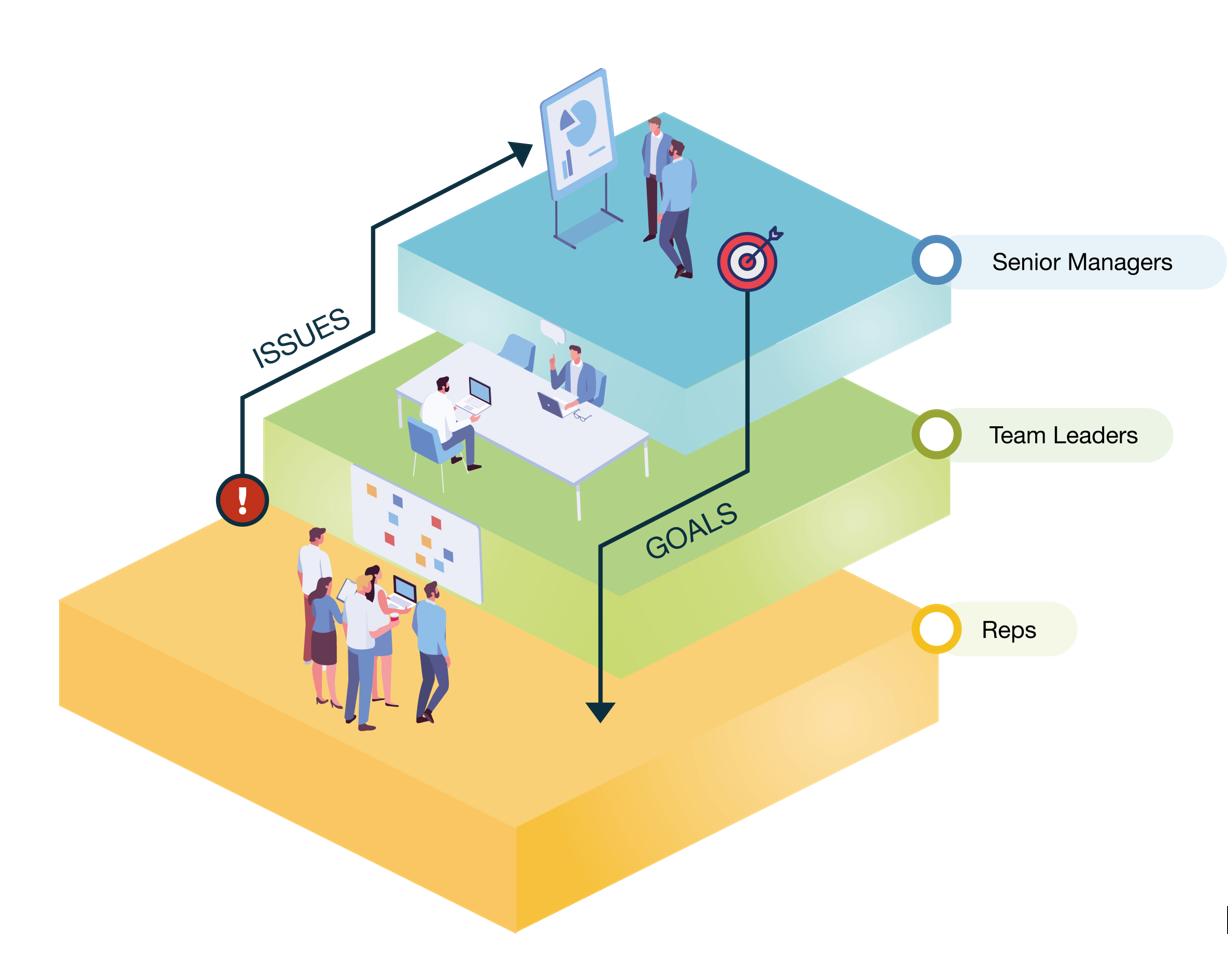When working with a new client, a solution will have been planned and will require rolling out. Whether it is a full-scale Management Operating System (MOS), a series of training courses or simply a single tool or resource, ensure you have a clear ‘take home’ message. During a recent end of project session with some senior managers, our attention was focused on making sure that the basics are always done first and that they are the cornerstone of everything. One of the leaders commented, “so you mean turn the basics into habits!” A great ‘take home’ message, perfectly captured in five words!
Resource models are vital tools that can address variability and provide insights into resource and budget planning for months or years in advance. They can however also provide short-term clarity, to answer a very basic question; “what does resource look like against our work for next week?” In this way, managers will know what to expect in terms of performance and quickly try to address any imbalances.
Managers often get lost in a busy day and a long to-do list, losing discipline and structure. Often leaders reflect on a day’s work, ‘I had so much to do, I felt like I was being productive the whole day, but actually I am unsure what I achieved’. This is the consequence of a manager having multiple ‘plates spinning’. One very simple phrase that can help is, “I am sorry I cannot do that now, as I am supposed to be doing something else”. A basic standard day can be designed for people to plan their time, ensuring there are reserved slots for important aspects of the day. In line with the title of this blog, if we stay disciplined within our day, it will eventually become habitual. Obviously, there are often unavoidable interruptions, but a basic understanding of the expected tasks will help one to know which tasks can be easiest amended.
Lastly, team members don’t always like to be managed. As a manager, it is vital to know how you are performing against your plan. When dealing with resistance from team members who don’t understand why, in their mind, you are ‘checking up on them’, it can be helpful to explain the basics of why you are asking. In most organisations, there is someone more senior than that leader asking for their own update. This control cascade is easily visualised (see diagram) and is a basic way to explain one of the main reasons you are asking. If when managing you can continually use an appropriate level of short-interval control, team members will get used to it, and like the others it will become a habit.
A lot of what we do in business can be broken down into the basics. Ensuring that we stick to plans ensures that practices stop being alien. When we turn these basics into habits, we will as leaders at any level, be in a good place.


